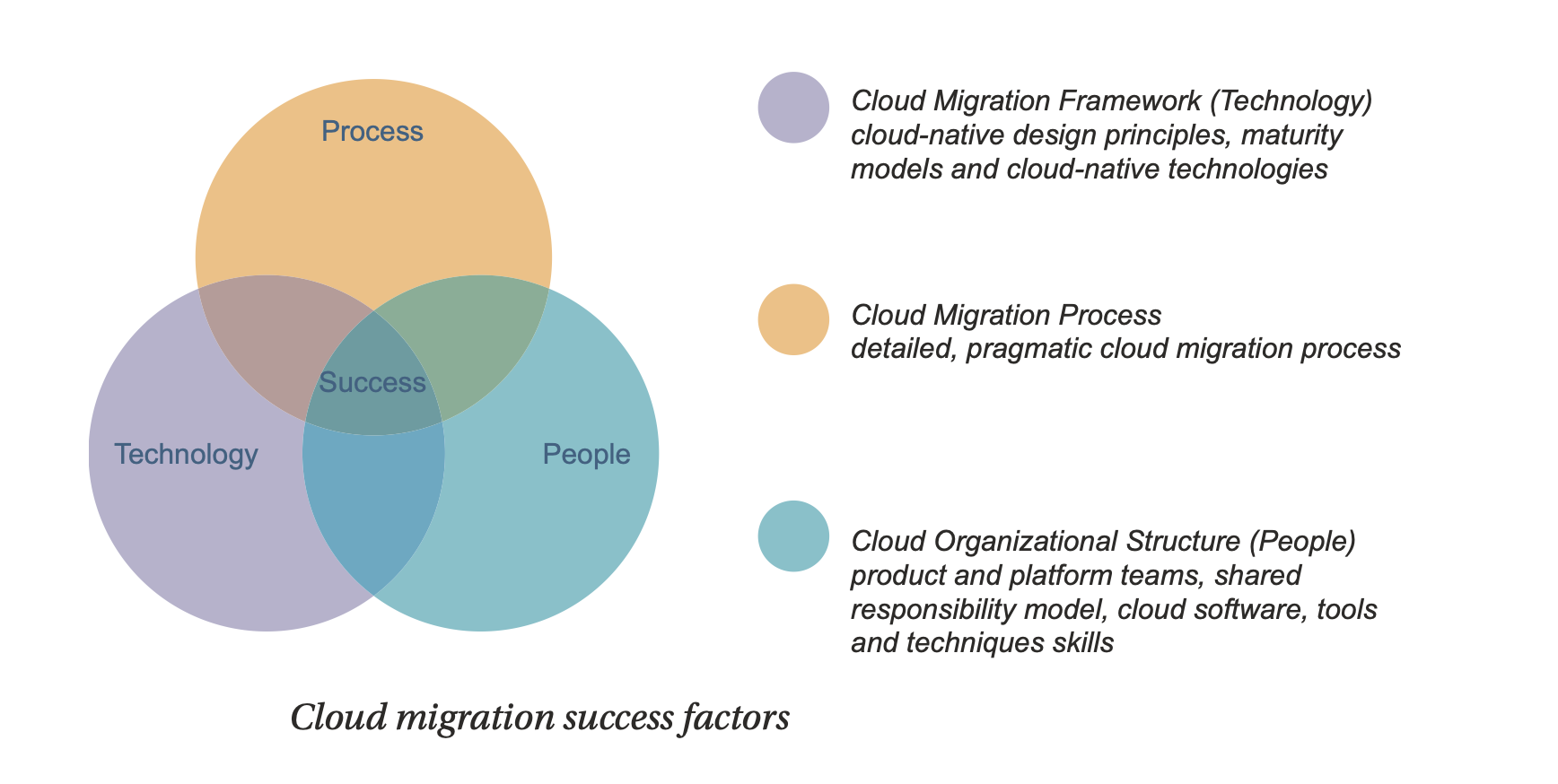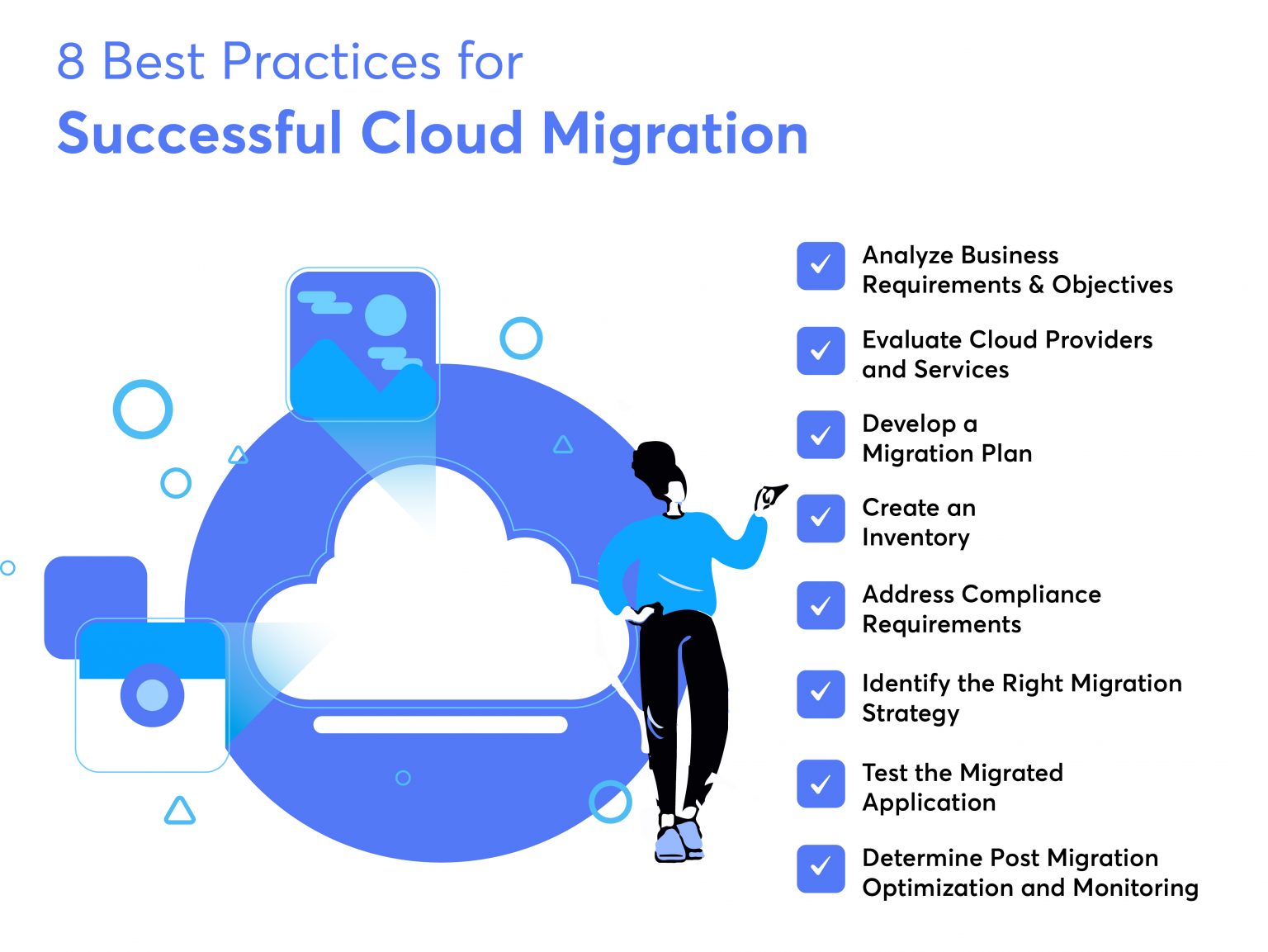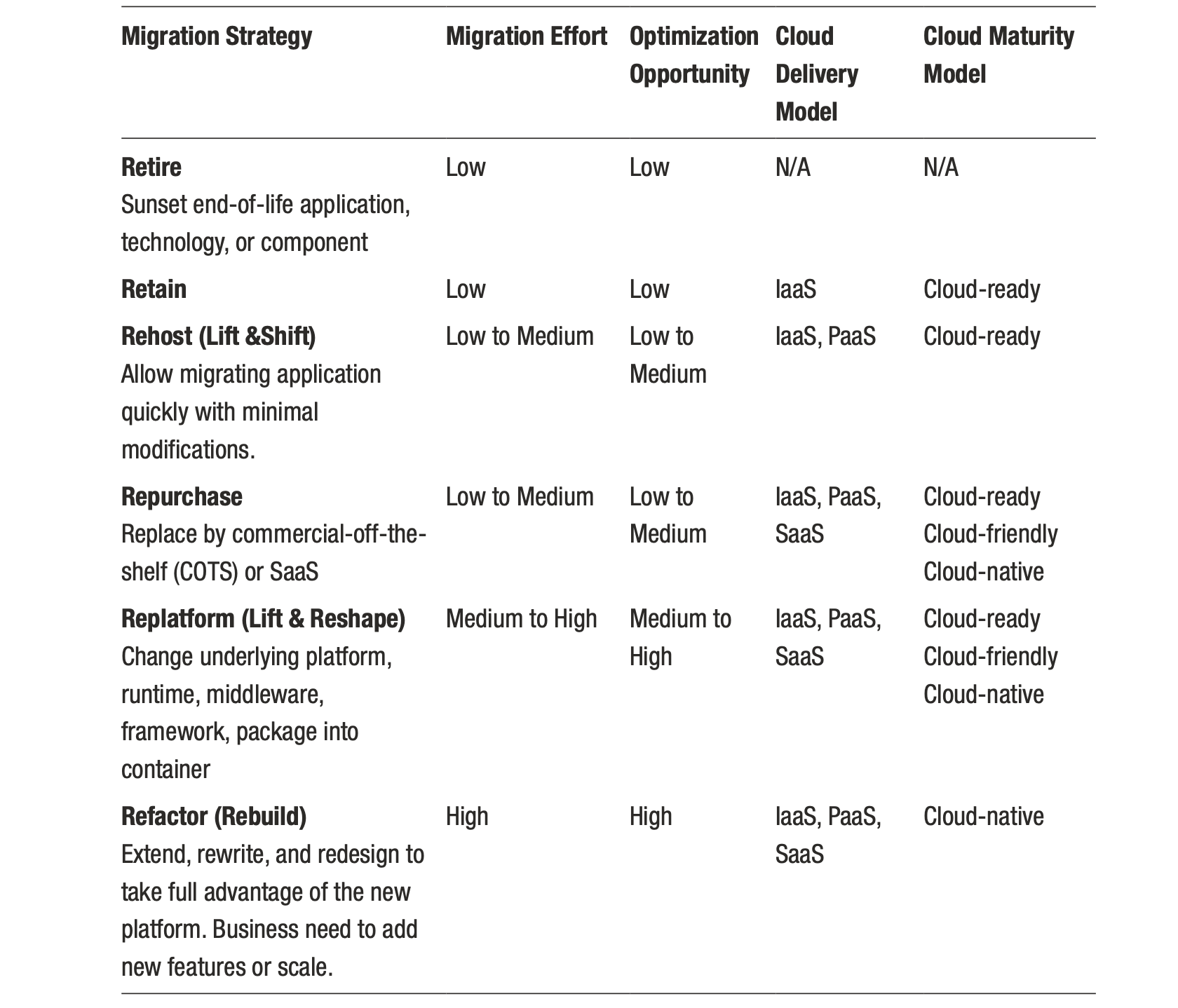Cloud Migration Notes and Tips for SRE team

Understanding Migration
When migrating applications, we have various options for both virtual machines (VMs) and data. Furthermore, we must decide the extent of application modernization we wish to undertake before the move. Broadly, our choices include the following:
- Lift and Shift/Rehost: This method involves duplicating the Virtual Machine (VM) into Cloud without altering the application architecture. It creates an exact copy of the VM, including the Operating System (OS), application, configurations, and data.
- Refactor: This method involves redeploying your solution onto Platform-as-a-Service (PaaS) components with minimal or no code modifications. For instance, you might deploy a .NET app onto an Cloud web app instead of a VM, or move a database to Cloud SQL instead of SQL on a VM, provided it’s supported.
- Re-architect: This method requires changing the code to utilize other cloud services. It might involve breaking up a monolithic application into microservices, building new messaging systems, and redesigning the underlying architecture without a complete rebuild. For example, you could rebuild a .NET app to use Cloud Functions, Service Bus, or containerization. From a database perspective, this might involve resolving any database design issues that prevent the use of Cloud SQL or transitioning to a NoSQL option like Cosmos DB.
- Rebuild: The last option may involve completely rebuilding and replacing your solution with a new one made from scratch.
Types of cloud migration
Complete Data Center Migration
This migration involves moving all data, applications, and services from on-site data centers to the servers of a cloud provider. This process is typically extensive, requiring meticulous planning and testing to ensure efficient execution.
Hybrid Cloud Migration
Hybrid cloud migration entails moving some resources to the public cloud while keeping others in on-site data centers. This approach allows organizations to leverage their present investments in on-site infrastructure, while also benefiting from the flexibility, efficiency, strategic value. Enterprises often use hybrid cloud migration for data backup. In this scenario, a company backs up its private cloud resources on a public cloud as a preventive measure when an attack or disaster renders an on-site data center unusable.
Cloud-to-Cloud Migration
Organizations may decide to move their resources from one public cloud to another for various reasons. These reasons could include specific pricing models, security features, or products (such as new AI or machine learning tools) or due to alterations in the company structure or service level agreements.
Workload-Specific Migration
Another option involves migrating specific workloads to the cloud. For instance, an organization might decide to migrate certain databases or mainframes to the cloud to benefit from lower costs, improved performance, enhanced security, and other factors.

Migration Tips
Here are several learnings from our experience with cloud migration:
- Cloud migration is not a one-size-fits-all solution; it necessitates careful evaluation of the organization’s specific needs and goals.
- Understanding the existing infrastructure, applications, and data, along with their dependencies and relationships, is essential for cloud migration.
- Proper planning and coordination among diverse teams and stakeholders are crucial for a smooth and successful cloud migration.
- It’s important to test and validate migrated applications and data to ensure they function correctly in the new environment.
- Security and compliance are critical in cloud migration. Organizations must have measures in place to protect sensitive data.
- Applications may need to be refactored or redesigned to fully leverage the benefits of cloud computing.
- Monitoring and optimizing cloud resources are necessary for a cost-effective and optimal cloud environment.
- Change management processes must be implemented to manage and mitigate the risks associated with cloud migration.
- Communication and collaboration among various teams and stakeholders are essential for successful cloud migration.
- Cloud migration can be a lengthy process that requires significant resources, both time and budget.
- Cloud migration can lead to unexpected challenges, such as data loss or application downtime, which need proactive management.
- The cloud environment is constantly evolving, requiring ongoing monitoring and adaptation to stay aligned with business objectives.
- Cloud migration can offer significant benefits, including scalability, flexibility, and cost savings, but it demands a commitment to continuous improvement and optimization.
- Moving to the cloud requires a shift from traditional infrastructure management to agile and iterative approaches.
- Proper training and education are vital to equip teams with the necessary skills and knowledge to manage the cloud environment effectively.
- Cloud migration should be viewed as a strategic business decision that requires careful planning, rather than just a technical solution.
- Cloud providers offer services and tools that can enhance organizational productivity, collaboration, and operational efficiency.
- Scalability, a key advantage of cloud computing, allows organizations to rapidly adjust their computing resources as needed.
- Cloud computing can enhance disaster recovery and business continuity capabilities of organizations.
- Cloud providers offer security features and capabilities, including encryption, multi-factor authentication, and access controls.
- Moving to the cloud can enhance data analytics and business intelligence capabilities of organizations.
- Cloud computing can enhance customer experience by providing faster, more responsive services.
- Cloud providers offer a range of backup and recovery options, including backup to the cloud and disaster recovery services.
- Cloud computing can improve organizational agility and speed to market by enabling rapid application development and deployment.
- Cloud providers offer tools and services for data migration, making it easier to move data between different systems and environments.
- Cloud computing can enhance collaboration and communication capabilities by providing a centralized platform for sharing and collaborating on documents and data.
- Cloud providers offer tools and services for automating common tasks and workflows, reducing the need for manual intervention.
- Cloud computing can improve cost management by providing greater transparency and control over IT spending.
Cloud Migration Strategy Table

Cloud Migration Process
- Develop Target Architecture
- Build Secure Environment
- Migrate Software Application
- Add Logging, Monitoring, and Alerting
- Build CI/CD Pipeline
- Cloud Native Operations
Reading List
- Immutability: Recipe for Cloud Migration Success: Strategies for Cloud Migration, IaC Implementation, and the Achievement of DevSecOps Goals, 2023, Sachin G. Kapale
- Hybrid Cloud Infrastructure and Operations Explained: Accelerate your application migration and modernization journey on the cloud with IBM and Red Hat, 2022, Mansura Habiba
- Infrastructure Leader’s Guide to Google Cloud: Lead Your Organization’s Google Cloud Adoption, Migration and Modernization Journey, 2022, Jeremy Lloyd
- Systematic Cloud Migration: A Hands-On Guide to Architecture, Design, and Technical Implementation, 2021, Taras Gleb
- Cloud Migration and Modernization Playbook, 2019
Reference
https://azure.microsoft.com/en-us/resources/cloud-computing-dictionary/what-is-cloud-migrationhttps://bluexp.netapp.com/blog/cloud-migration-strategy-challenges-and-stepshttps://www.accenture.com/be-en/insights/cloud-migration-indexhttps://www.techtarget.com/searchcloudcomputing/definition/cloud-migrationhttps://www.vmware.com/topics/glossary/content/cloud-migration.htmlhttps://aws.amazon.com/what-is/cloud-migration/https://www.ibm.com/topics/cloud-migrationhttps://aws.amazon.com/cloud-migration/https://cloud.google.com/learn/cloud-migrationhttps://inapp.com/blog/8-best-practices-for-successful-cloud-migration/
Some of the content is generated by AI, please be cautious in identifying it.